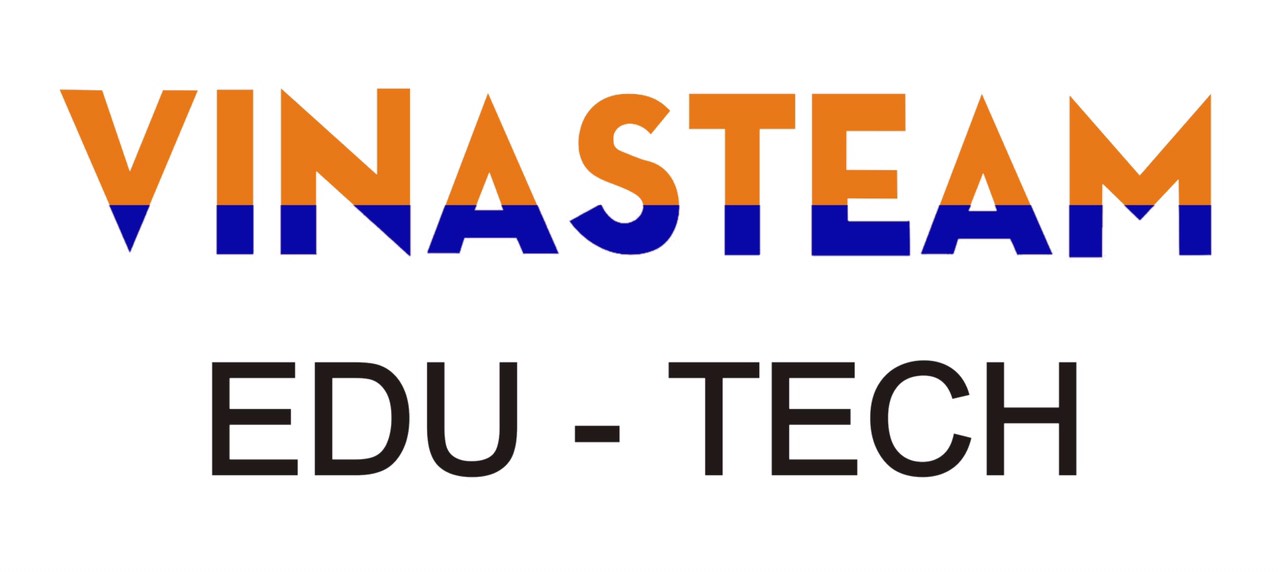1. Introduction to Pattern Recognition in Gaming
Pattern recognition is a fundamental cognitive skill that allows players to identify regularities within game environments, influencing decision-making and strategic planning. In interactive entertainment, mastering patterns enhances not only gameplay effectiveness but also contributes to cognitive development. Historically, as game design evolved from simple arcade titles to complex modern slots, players have relied on recognizing recurring motifs and behaviors to increase their chances of success. This skill’s educational value lies in its ability to sharpen attention, improve problem-solving, and promote adaptive strategies, which are applicable beyond gaming into real-world scenarios such as problem-solving and decision-making.
2. Fundamental Concepts of Pattern Recognition
Patterns in games manifest in various forms, including:
- Visual patterns: recurring symbols, colors, or arrangements, such as the Golden Squares formation in Le Pharaoh after Sticky Re-drops.
- Strategic patterns: sequences of player or game actions that lead to favorable outcomes.
- Behavioral patterns: predictable opponent or game responses based on prior stimuli.
The cognitive processes involved include pattern detection, memory retrieval, and predictive reasoning. Recognizing these patterns requires focused attention, mental flexibility, and the ability to generalize from previous experiences. However, players often face challenges in complex environments where multiple overlapping patterns or randomness obscure straightforward recognition, demanding higher levels of cognitive agility.
3. The Role of Pattern Recognition in Game Mechanics and Design
Game designers embed patterns intentionally to guide player behavior and create engaging experiences. For example, slot games like Le Pharaoh incorporate visual cues and recurring symbols—such as the Sphinx or Scarab—to signal probable outcomes or trigger special features. Recognizing these patterns allows players to anticipate game events, enhancing strategic play. As pattern complexity increases, so does the challenge; intricate designs can prolong the learning curve but ultimately foster deeper engagement and skill acquisition.
Research indicates that players who effectively identify and utilize patterns tend to perform better over time, as they develop intuitive understanding and adaptive strategies, which are critical for mastering advanced gameplay.
4. Case Study: Pattern Recognition in Le Pharaoh
Le Pharaoh exemplifies how game mechanics can facilitate pattern recognition through its unique features and visual design. The game’s environment is rich with symbols like the Golden Squares, which can align post Sticky Re-drops to form significant formations. Recognizing these formations is pivotal for players aiming to maximize payouts. The protagonist’s design, featuring Egyptian motifs, and the use of recurring visual cues like hieroglyphs train players to spot patterns intuitively. For instance, the formation of Golden Squares after certain drops exemplifies a visual pattern that, once recognized, can be exploited for strategic advantage.
This example demonstrates how visual cues and symbol repetition serve as effective tools in training players’ recognition skills. As players become familiar with these patterns, their ability to predict and respond improves, turning seemingly random spins into opportunities for strategic play. For more insights into how pattern recognition applies to modern slots, you can explore the game at safe? (UK).
5. Specialized Pattern Recognition: Unique Systems in Modern Games
Modern games often incorporate unique systems that challenge traditional pattern recognition, such as the 3-lives system in Lost Treasures compared to standard free spins. In Lost Treasures, players must recognize and adapt to a finite number of lives, which introduces a strategic layer of pattern anticipation—anticipating when to play conservatively or aggressively. These systems compel players to develop new recognition skills beyond simple symbol matching, fostering advanced pattern detection and strategic planning.
Comparing traditional and innovative scenarios reveals that while classic pattern recognition might focus on symbol sequences, modern systems demand recognizing complex behavioral cues and system states. This evolution enhances cognitive engagement and skill development, making gameplay more educational and stimulating.
6. Developing Pattern Recognition Skills through Gameplay
To improve pattern detection, players can adopt various techniques:
- Engage in deliberate observation of recurring symbols and sequences.
- Experiment strategically, noting how specific actions influence outcomes.
- Review previous sessions to identify consistent patterns or anomalies.
Consistent practice, combined with active observation and strategic experimentation, accelerates pattern recognition skills. Educational resources like puzzle games, pattern recognition apps, and analytical tools can supplement in-game learning, broadening cognitive flexibility and pattern awareness outside the gaming context.
7. Non-Obvious Aspects of Pattern Recognition in Games
Beyond obvious visual cues, subconscious pattern recognition and intuition play vital roles. Players often sense when a pattern is forming, even without explicit awareness, guiding their decisions instinctively. Additionally, the interplay between randomness and pattern—where certain stochastic elements produce pseudo-patterns—creates engaging yet challenging experiences. Recognizing subtle, non-obvious patterns, such as slight changes in symbol placement or timing cues, can provide advanced players with an edge, especially in high-stakes or complex games.
This nuanced understanding underscores the importance of developing perceptual sensitivity and mental agility for mastering sophisticated gameplay strategies.
8. Practical Applications and Broader Implications
The skills honed through pattern recognition extend beyond gaming into areas like problem-solving and decision-making. For instance, diagnosing technical issues or strategizing in business often involves recognizing underlying patterns in data or behavior. Moreover, training in pattern recognition can yield psychological benefits, including improved concentration, memory, and cognitive flexibility.
Emerging trends involve AI and machine learning, which increasingly detect and predict patterns within games, enhancing user experiences and personalized gameplay. These technologies can adapt game difficulty based on player recognition skills, creating more engaging and educational environments.
9. Conclusion: Unlocking the Full Potential of Pattern Recognition
Mastering pattern recognition is a multifaceted process that enhances both gaming performance and cognitive skills. By understanding the types of patterns, recognizing their manifestation in game mechanics like Le Pharaoh, and practicing strategic observation, players can unlock new levels of expertise. As game design continues to evolve, incorporating increasingly complex patterns, the importance of developing these skills grows.
“Continuous learning and exploration of pattern recognition not only elevate your gaming experience but also foster cognitive resilience and adaptability in everyday life.”
Ultimately, recognizing and leveraging patterns opens doors to improved gameplay, problem-solving, and decision-making, emphasizing the timeless relevance of this skill across various domains.




